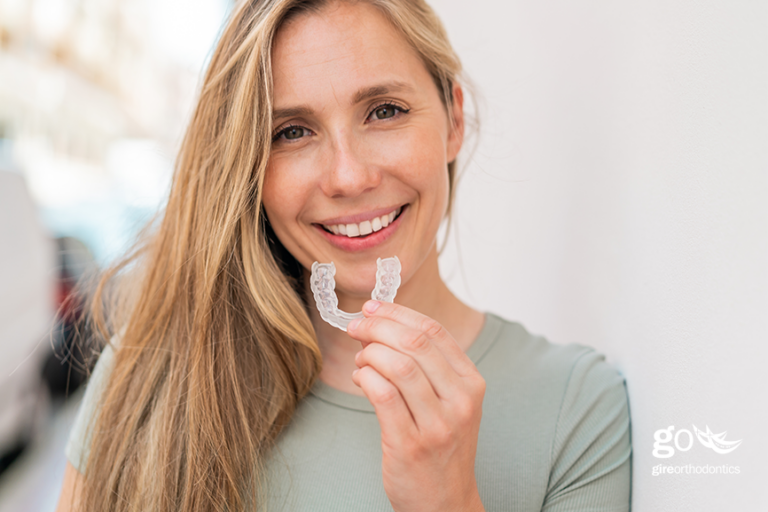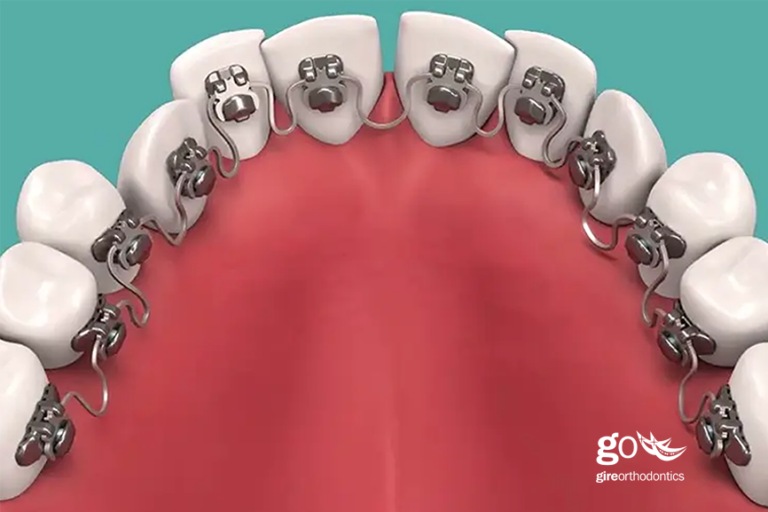
Mail Order Aligners – Are the Risks Worth the Reward?
La Habra/Chino Hills, CA – Our lives are busy, and we are often on the lookout for shortcuts and hacks...
Read MoreSelf-ligating braces use brackets and wires just like traditional metal braces. However, self-ligating braces do not use traditional ligature ties or O-rings. Instead, the archwires are held in place using a special door that has an internal clip instead of an O-ring, resulting in less friction and increased comfort. Self-ligating braces can come in metal, ceramic or clear brackets, making them a great option for patients of all ages.
Unlike traditional metal braces, self-ligating braces don’t use elastic ligatures or O-ties. Instead, there is a door-clip mechanism that holds the archwire in place. This places less friction and pressure on the teeth, making for a more comfortable experience, while still offering a high degree of reliability. Because there are no ligature ties to replace, self-ligating braces may require fewer adjustment appointments. That means less time in our office, and more time enjoying life!
Tie-less or self-ligating brackets are a wonderful treatment option for orthodontic patients. Dr. Gire and his team at Gire Orthodontics are happy to help you learn more about this type of treatment and determine which treatment option is right for you.
Self-ligating braces are as efficient and effective as standard metal braces. In fact, many patients who use self-ligating braces may benefit from shorter treatment times because they inherently have less friction in the overall system which can result in faster treatment times.
Damon braces are smaller and less noticeable than other types of metal braces allowing for a more aesthetically pleasing experience.
At Gire Orthodontics we still like to see ALL of our patients every 6-8 weeks regardless of the system they’re using. These self-ligating braces, such as the Damon Braces, advocate less visits to the office because it doesn’t require changing of the O-ties that are utilized in traditional metal braces. Some self-ligating braces companies recommend returning to the office every 12 weeks or longer. Dr. Gire still prefers seeing all patients more frequently for the following reason: If we place Damon Braces on a patient and they go home and break a bracket that same night (sometimes they may not know if something is broken) and they wait 12 weeks or longer to come back, we just lost 12 weeks of treatment. Yes, we want to see our patients every 6-8 weeks and that appointment will be quick and short, but at least it’s supervised and guided to make sure the patient is on track and that we’re not losing valuable time in treatment.
The cost of self-ligating braces can range from $2,500 to $8,000, depending on the complexity of your bite and/or malocclusion.
We proudly serve patients at two convenient locations, making it easy for you to access expert orthodontic care close to home.

La Habra/Chino Hills, CA – Our lives are busy, and we are often on the lookout for shortcuts and hacks...
Read More
La Habra/Chino Hills, CA – When most people picture the typical orthodontic patient, they probably think of an adolescent trudging...
Read More
La Habra/Chino Hills, CA – As discussed in a previous blog, the lingual brace company InBrace recently shuttered their operations,...
Read MoreTake control of your smile journey today with our expert orthodontic care.